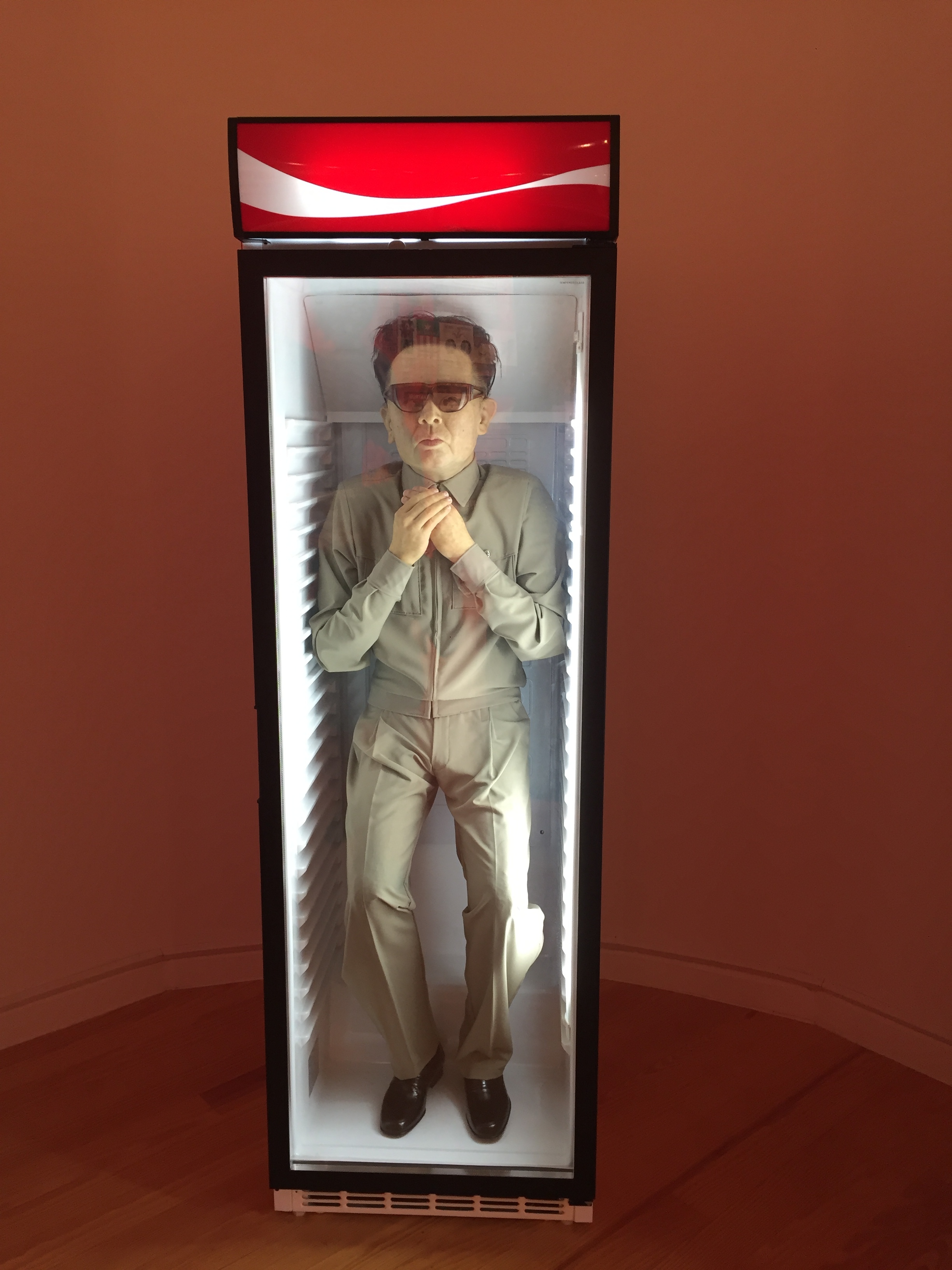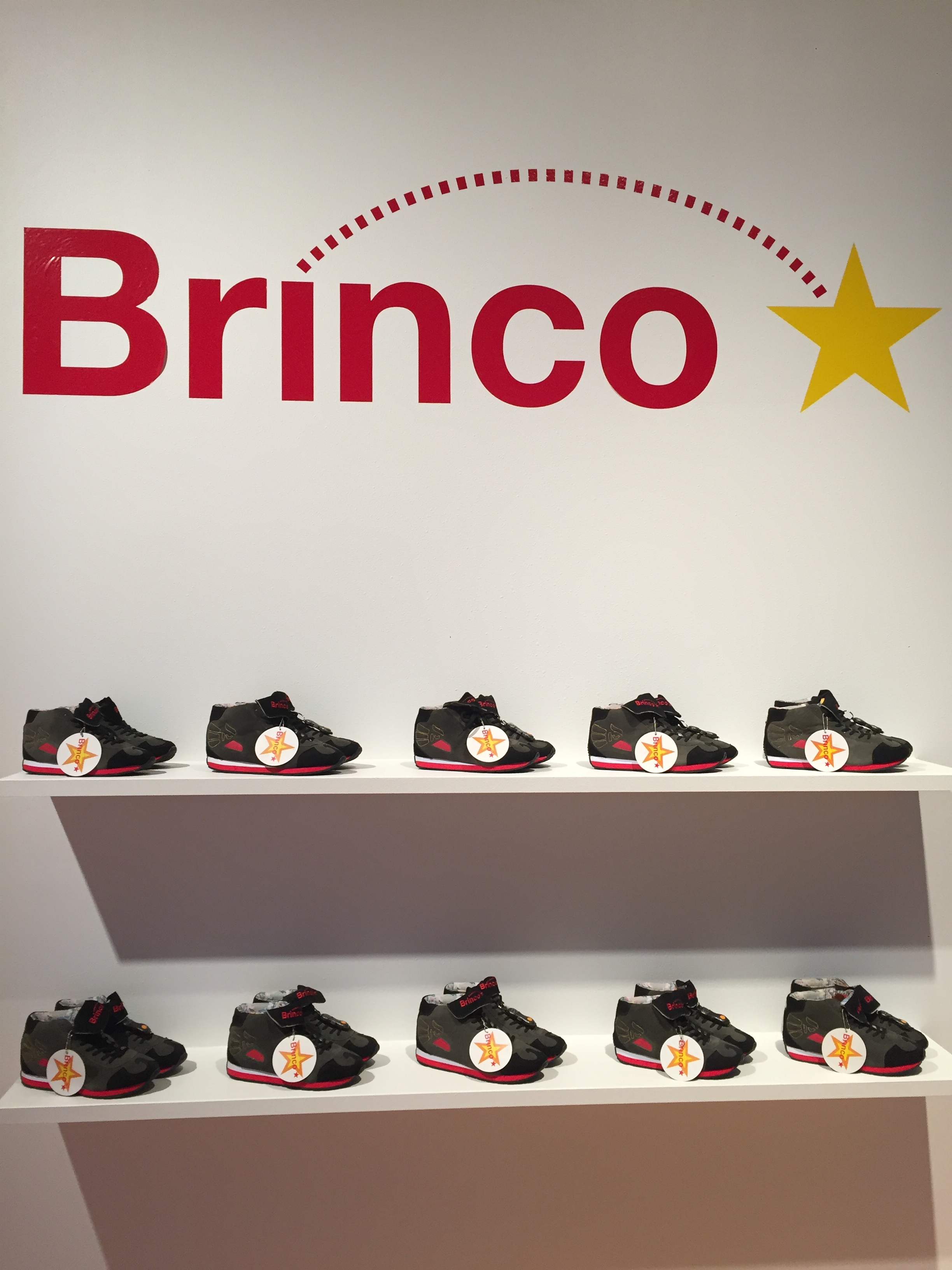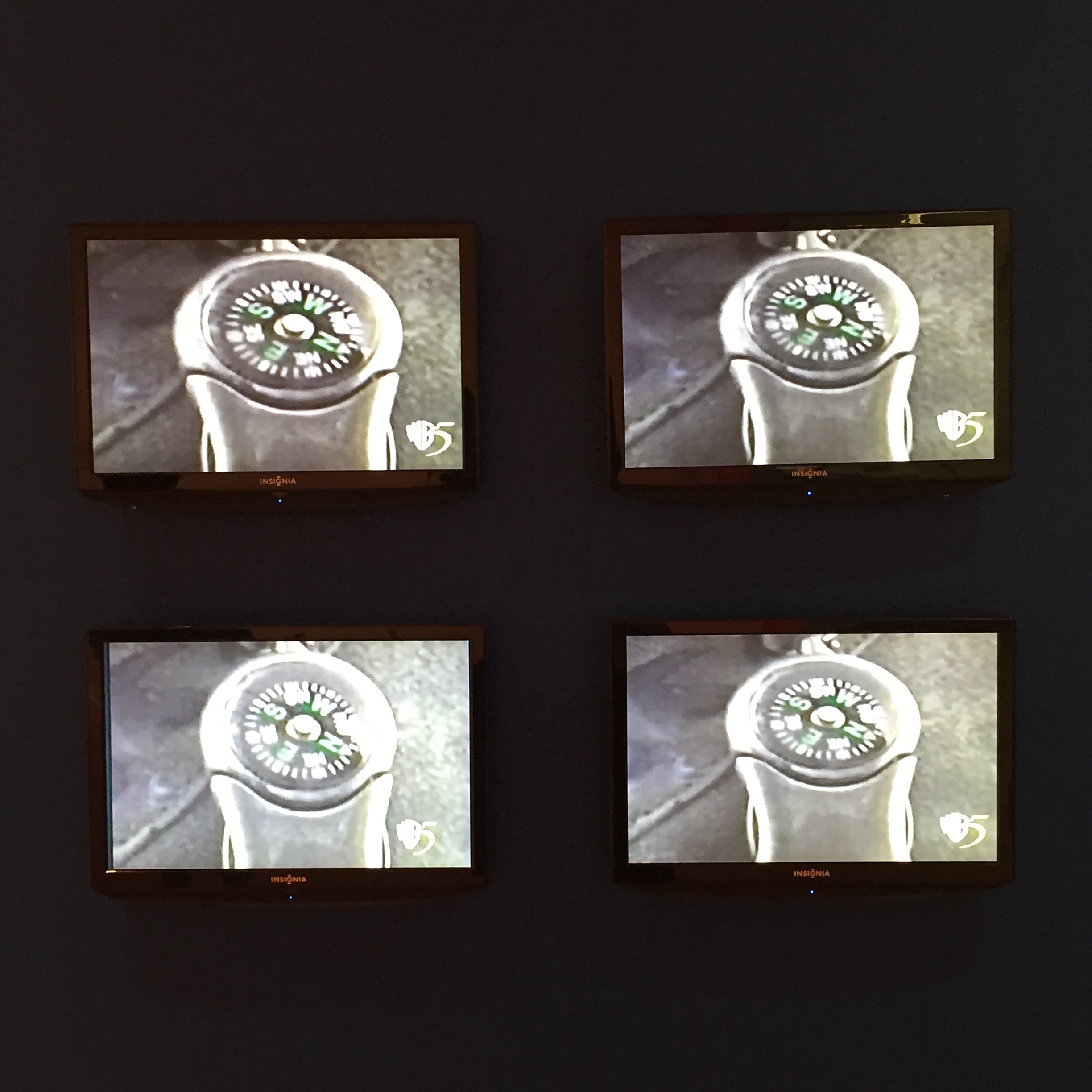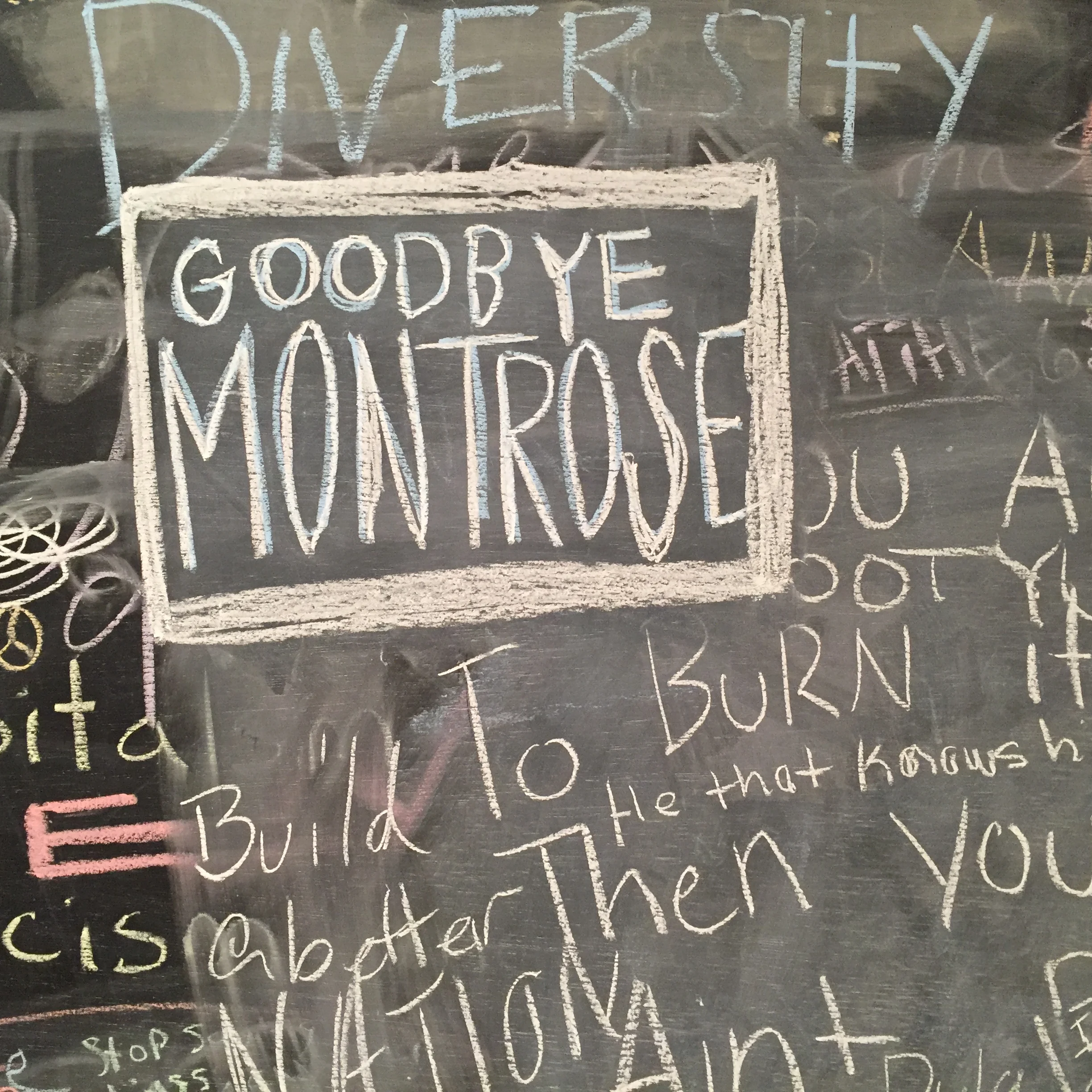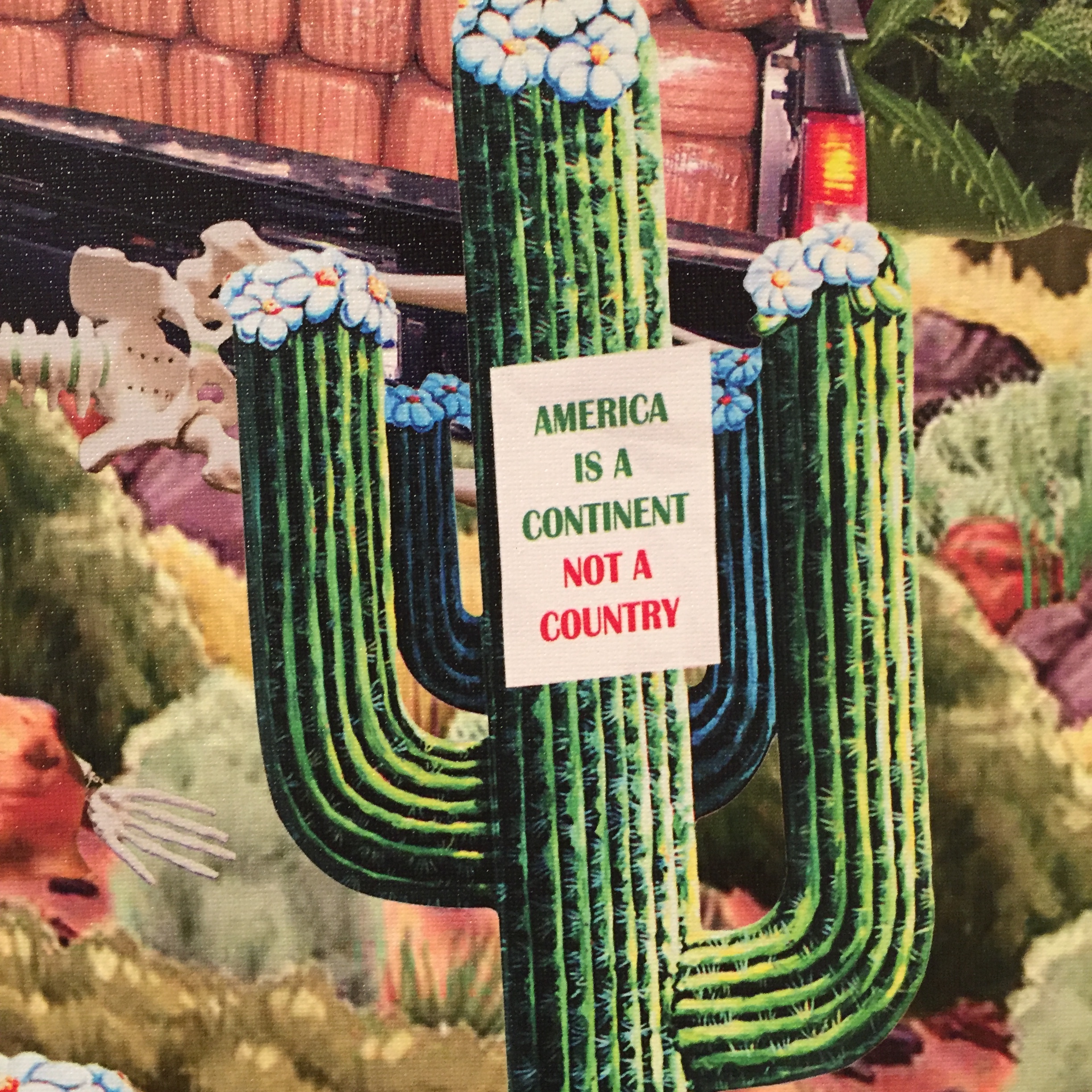CORPOCRACY
Yoshua Okón, “Freedom Fries”, Installation view Station Museum of Contemporary Art, 2015
Yoshua Okón, “Freedom Fries”, Installation view Station Museum of Contemporary Art, 2015
Yoshua Okón, “Freedom Fries”, Installation view Station Museum of Contemporary Art, 2015
Pictured: Yoshua Okón, “Freedom Fries”, Installation view Station Museum of Contemporary Art, 2015
CORPOCRACY at the Station Museum of Contemporary Art
"The Station Museum of Contemporary Art announces the opening of the exhibition, Corpocracy (October 10, 2015 – March 13, 2016); a group exhibition surveying culture jamming, intervention, satire and viral strategies in relation to capitalism and corporate culture through the works of 13 artists. Corpocracy is the absurd reality of our society in which corporations and their interests are allowed to have dominance over the economic and political systems. Through the subversive imagination, the artist works toward a transformation of social consciousness.
Working anonymously, The Beehive Design Collective is a 100% volunteer-driven non-profit arts organization based in Maine that uses graphical media as educational tools to communicate stories of resistance to corporate globalization.
New York based contemporary artist Michael D’Antuono’s controversial paintings focus primarily on socio-political issues. He is best known for his portrait of U.S. President Barack Obama crucified in front of the presidential seal entitled The Truth, which twice became a U.S. and international news story.
Ron English explores brand imagery and advertising through the subversion of commercial icons, liberation of public billboards, public murals, surrealist paintings, and culture jamming on a commercial scale.
An American Indian pop artist originally from Houston, Texas, Clark Fox deconstructs corporate emblems and utilizes their basic constituents to explore and redefine our social and political identity. His work is included in the Vogel Collection as well as the permanent collection at the National Gallery of Art and the Corcoran Museum of Art in Washington D.C.
Born in Hong Kong, Kenneth Tin-Kin Hung now lives and works in New York. His digital collages of popular culture adopt the form of advertising in a cartoon like mythology. Through various media he explores the nature of digital communication while touching on issues such as identity, politics, sexuality, and power.
Packard Jennings is a visual artist based in Oakland who uses appropriation, humor and interventionist tactics to address political and corporate transgressions against public interests. Working across a wide range of media he portrays fictions of dissent, absurdist morality, and alternate future worlds through subverted advertising tactics and other forms of propaganda.
Activist/artist Steve Lambert, explores issues of advertising and the use of public space. He is the founder of the Center for Artistic Activism, the Anti-Advertising Agency, Add-Art (a Firefox add-on that replaces online advertising with art) and SelfControl (which blocks grownups from distracting websites so they can get work done).
Mark Lombardi was an American neo-conceptual artist who specialized in drawings that document alleged financial and political frauds by power brokers, and in general “the uses and abuses of power”. Lombardi’s elaborate drawings chart the relationships behind some of the most complex scandals. His drawings are in the permanent collection of MoMA and at the Whitney Museum of American Art and were the subject of an FBI investigation after the September 11 attacks in 2001.
Doubt and humor are essential in Eugenio Merino’s work. He addresses the effects of branding on capitalism and its contribution to rising inequality through the use of satire in the form of paintings, installations, and sculpture.
A native of Mexico City, Yoshua Okón’s work is like a series of near-sociological experiments executed for the camera through blending staged situations, documentation and improvisation. He questions habitual perceptions of reality and truth, selfhood and morality. His work is included in the collections of Tate Modern, Centre Pompidou, Hammer Museum, LACMA, Colección Jumex and MUAC, among others.
Dread Scott makes revolutionary art to propel history forward. He first received national attention in 1989 when his art became the center of controversy over its use of the American flag. President G. H.W. Bush declared Scott’s installation What is the Proper Way to Display a U.S. Flag? “disgraceful” and the entire US Senate denounced this work when they passed legislation to “protect the flag.” Dread Scott lives and works in Brooklyn.
Stephanie Syjuco was born in the Philippines and is based out of San Francisco. She creates large-scale spectacles of collected cultural objects, cumulative archives, and temporary vending installations, often with an active public component that invites viewers to directly participate as producers or distributors. Her projects leverage open-source systems, shareware logic, and flows of capital, in order to investigate issues of economies and empire.
Argentine born Judi Werthein confronts issues of identity, commerce, and the social policies that govern them through products, projects, and videos that have been exhibited, marketed, and displayed in a global context. She is the founder of El Centro de Investigaciones Artisticas in Buenos Aires, Argentina."
- Source -
“In a society where concrete commodities were few and far between, it was the dominance of money that seemed to play the role of emissary, invested with full authority by an unknown power. With the coming of the industrial revolution, the division of labor specific to that revolution’s manufacturing system, and mass production for a world market, the commodity was at this moment too that political economy established itself as at once the dominant science and the science of domination.”
– Guy Debord, “The Society of the Spectacle”

